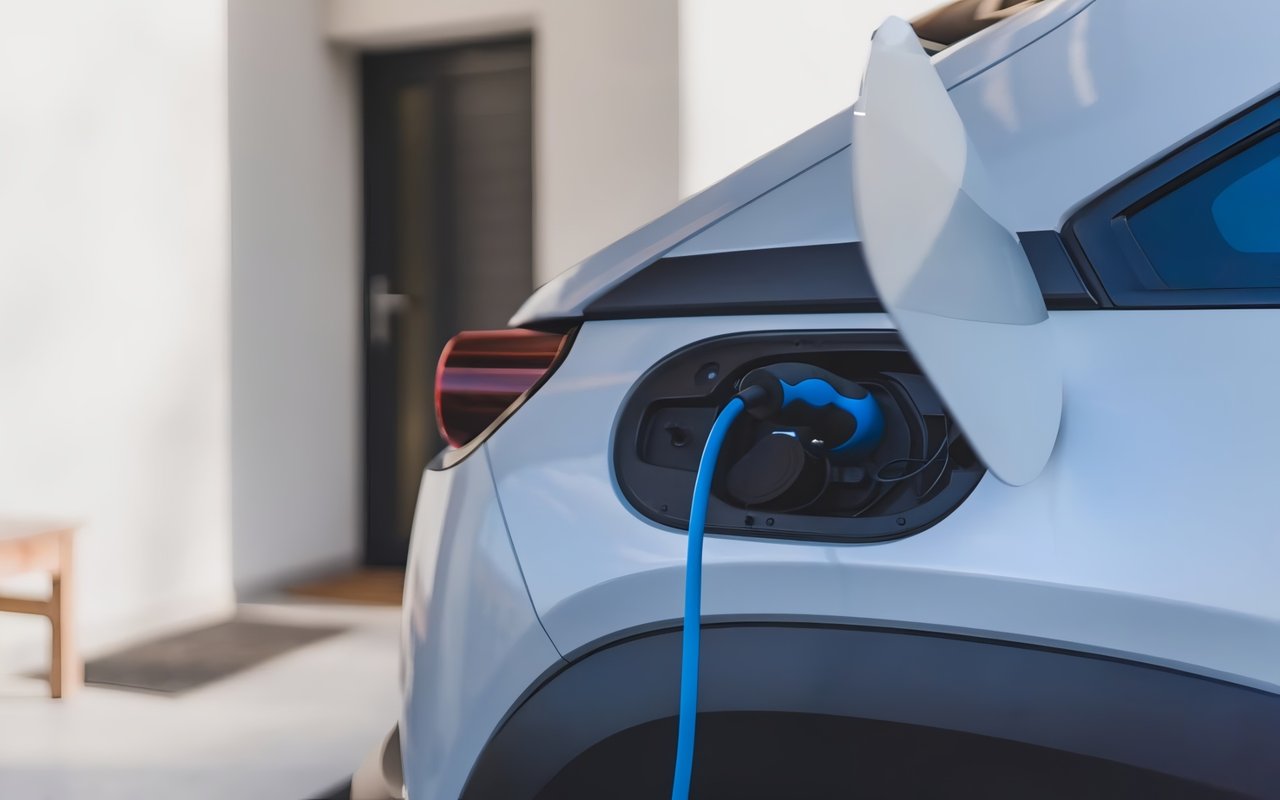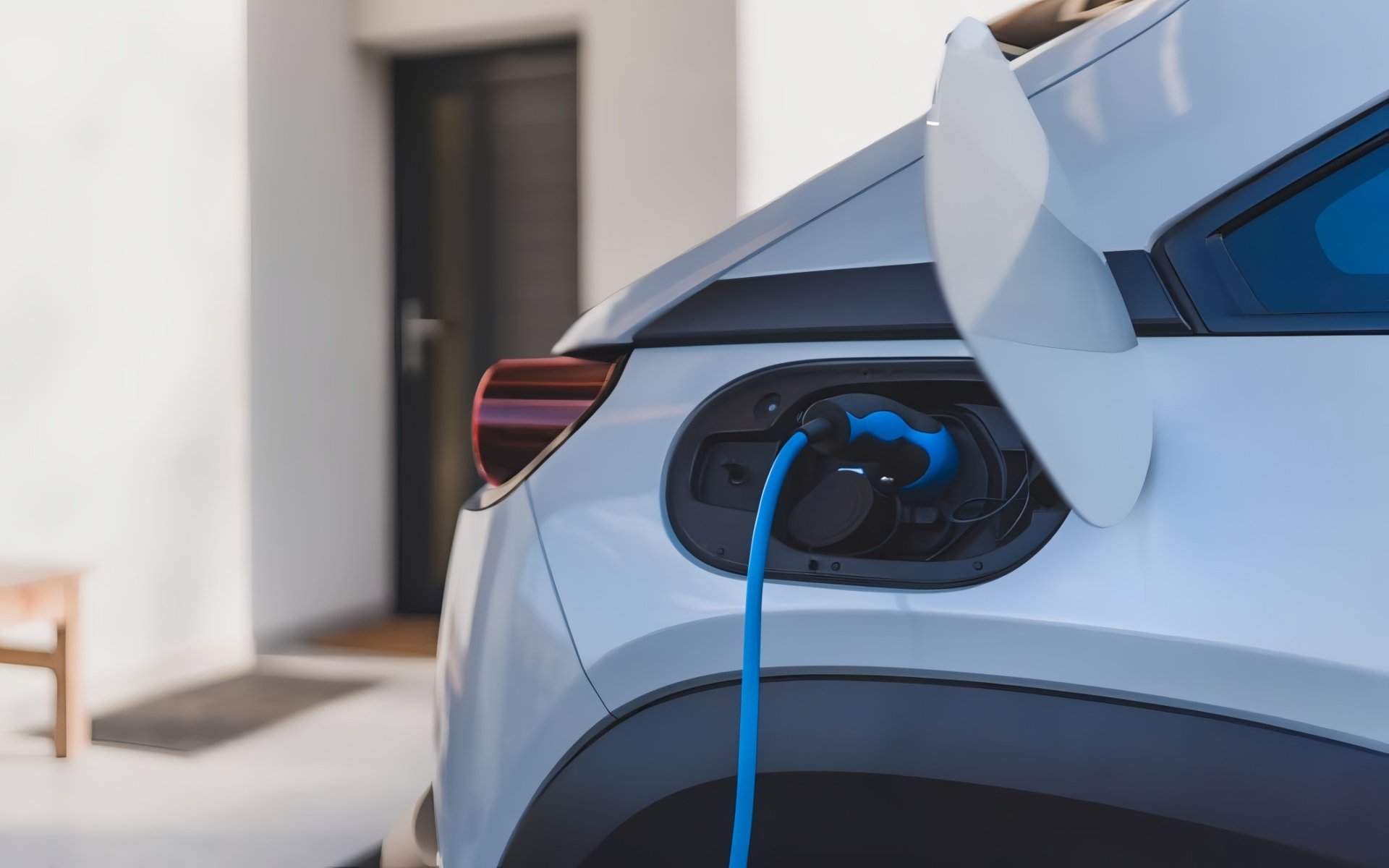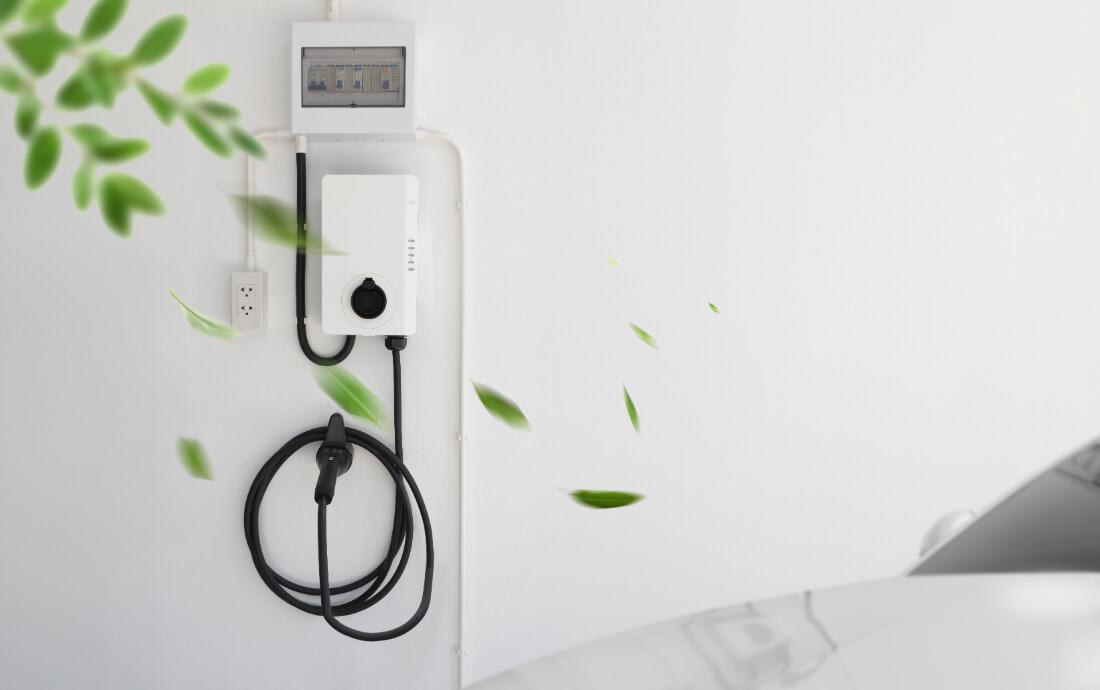The electric vehicle (EV) revolution is quickly gaining momentum, offering a cleaner and more efficient way to hit the road. Many drivers are taking the plunge and opting for electric cars. But for homeowners, transitioning from a gas-powered car to an EV requires some adjustments at home, specifically regarding charging. In this blog, we dive into everything you need to know to prepare your house for the electric age. From understanding your charging needs to the cost associated with upgrading your home to EV charging, we’ll cover everything you need to know to make an informed decision.
Buckle up, and start your engines, it’s time to learn all there is to know about EV charging.
Understanding Your Charging Needs
Did you know there are different levels of EV charging? Each offers varying charging speeds to be considered. Here’s a breakdown:
Level 1 (120v): This is the slowest option, typically using a standard household outlet and adding about 5-8 km of range per hour. It’s suitable for occasional top-ups but not ideal for daily charging.
Level 2 (240v): This is the most common home charger, often referred to as a Level 2 EVSE (Electric Vehicle Supply Equipment). It can deliver 19-40 km of range per hour, significantly faster than Level 1. Most EVs are compatible with Level 2 charging.
DC Fast Charging: These high-powered stations are found along highways and can add hundreds of kilometres of range in under an hour. They’re not meant for regular charging but are crucial for long trips.
How Much Power Do You Need?
This depends on your daily driving habits. If your daily commute falls within the range you can comfortably achieve with overnight Level 1 charging, you might not need an upgrade. However, Level 2 charging is a significant convenience upgrade, especially for those with longer commutes or who want more flexibility.
Consulting an Electrician: Why It Matters
Before pursuing a charger installation, consulting a licensed electrician is crucial. Electricians can assess your home’s electrical system and determine if it can handle the additional load of an EV charger. Here are a few factors an electrician will consider:
Electrical Panel Capacity: Your home’s electrical panel is a metal box housing circuit breakers that distribute power throughout your house. Each circuit has a maximum amperage (amps) rating, indicating how much current it can safely handle. The electrician will check if your panel has enough spare capacity to accommodate an EV charger, which typically draws 30-50 amps.
Circuit Upgrades: If your panel lacks capacity, an upgrade might be necessary. This could involve installing a new, larger panel or adding additional circuits specifically for the charger.
Wiring and Outlets: Depending on the chosen charger type (Level 1 or 2), the electrician will assess if your existing wiring can handle the increased current. They might recommend installing a dedicated circuit and outlet for the charger, ensuring optimal performance and safety.
The Cost of Upgrading for EV Charging
The cost of preparing your home for EV charging varies depending on your existing electrical system and the upgrades needed. Here’s a general breakdown:
Level 1 Charging: If you can utilize a standard outlet, there’s no additional cost for charging itself. However, some homeowners might choose to install a dedicated outlet for safety and convenience, which can cost around $100-$200.
Level 2 Charging: The charger itself typically costs $300-$1,000. Installation costs by a licensed electrician can range from $500-$4,000, depending on the complexity of the job (e.g., new circuit installation or panel upgrades).
Financial Savings to Consider
The good news is that switching to an EV can come with financial benefits. Many government programs and utility companies offer rebates or incentives for installing EV chargers at home. Research local programs to see if you qualify for any cost reductions.
Many Level 2 chargers offer smart features that allow you to schedule charging during off-peak hours when electricity rates might be lower. This can help you maximize savings.
Charging an EV will increase your home’s overall electricity consumption. Consider switching to a renewable energy source like solar panels to offset this increase and further reduce your environmental impact.
Making the Switch
Transitioning to an electric car is an exciting step towards a cleaner and more sustainable future. By understanding your charging needs, consulting an electrician, and exploring financial incentives, you can ensure a smooth transition for both your car and your home. Remember, the initial investment in home charging can be offset by long-term savings on fuel and maintenance costs, making the switch to an EV a win-win for your wallet and the environment.



